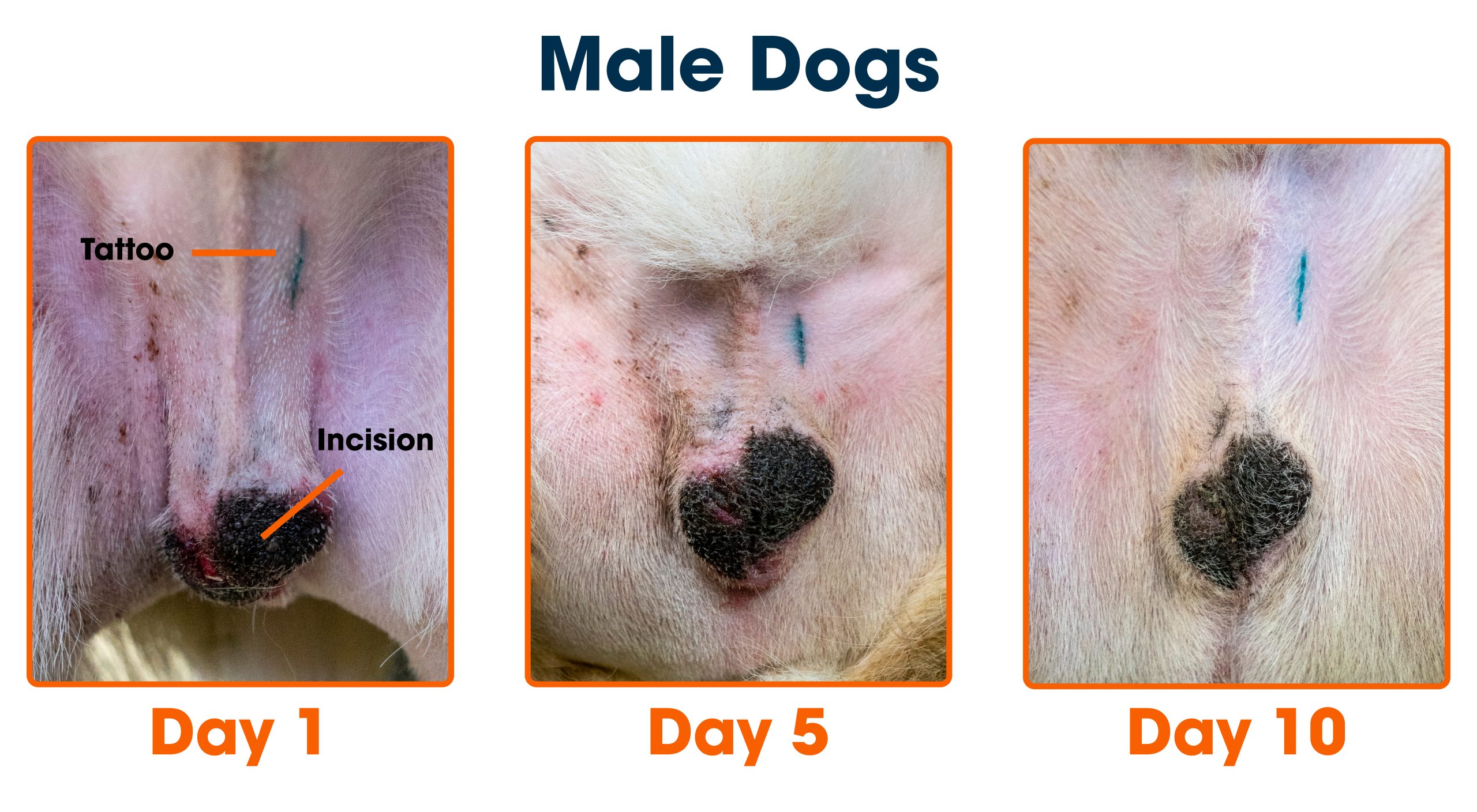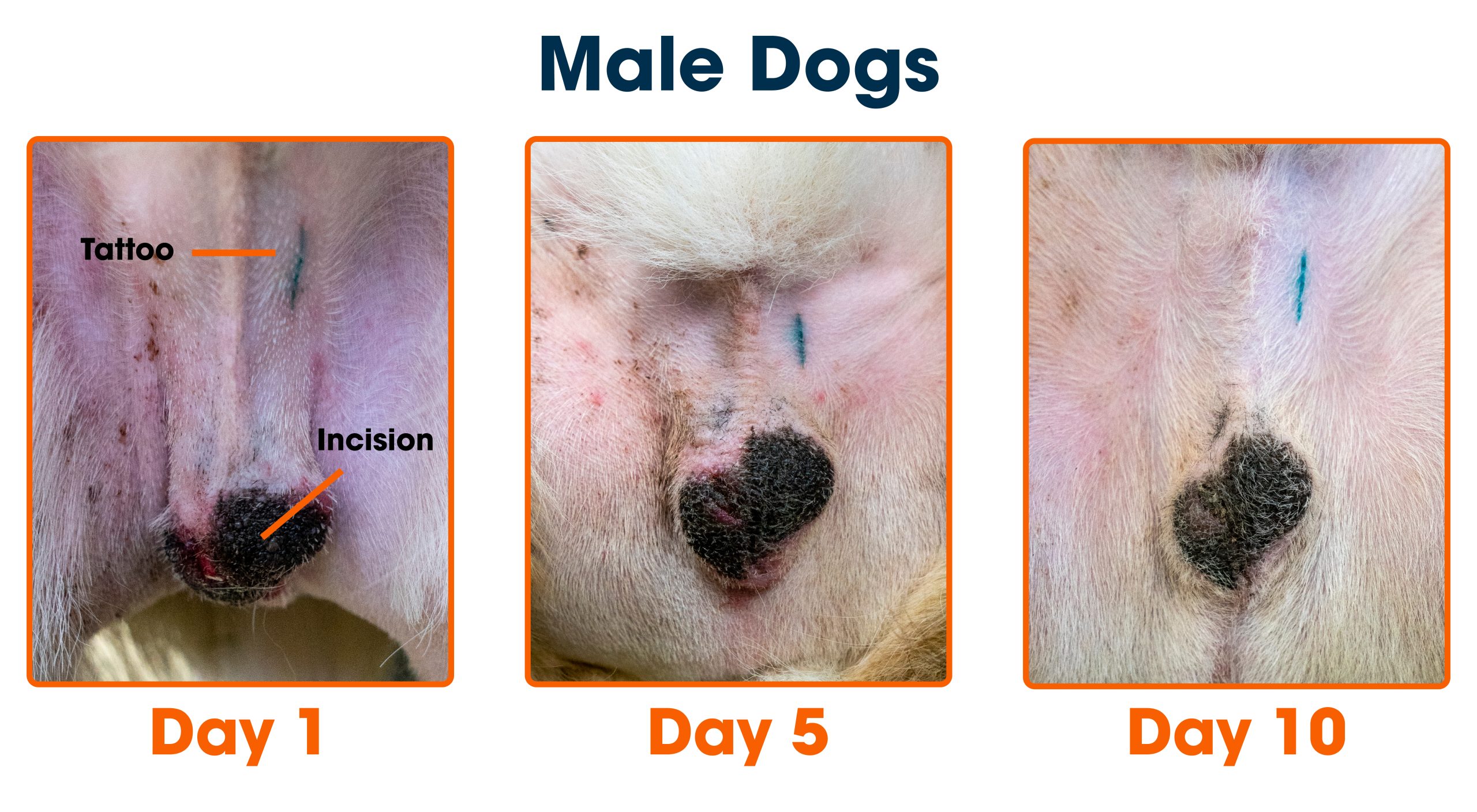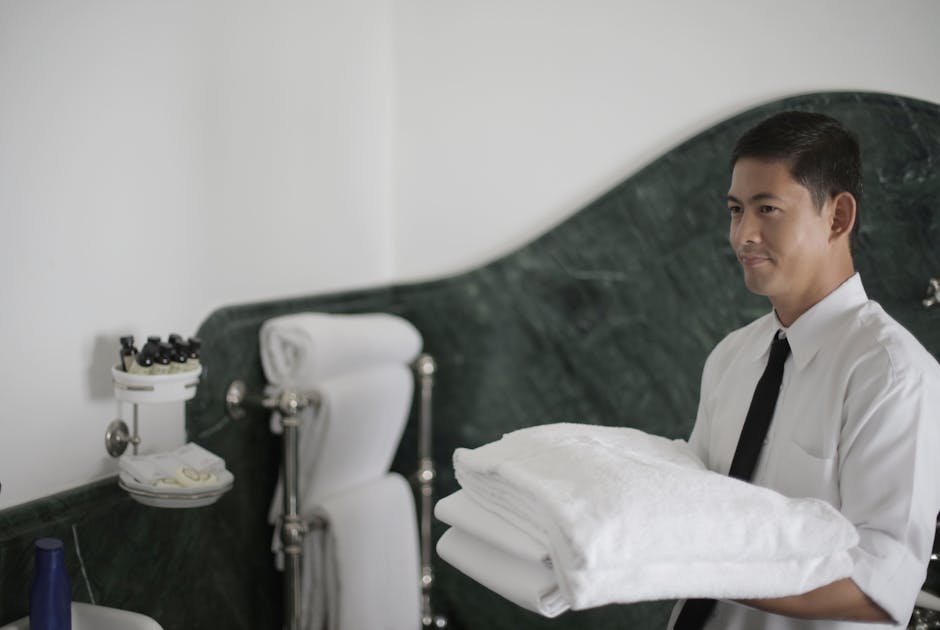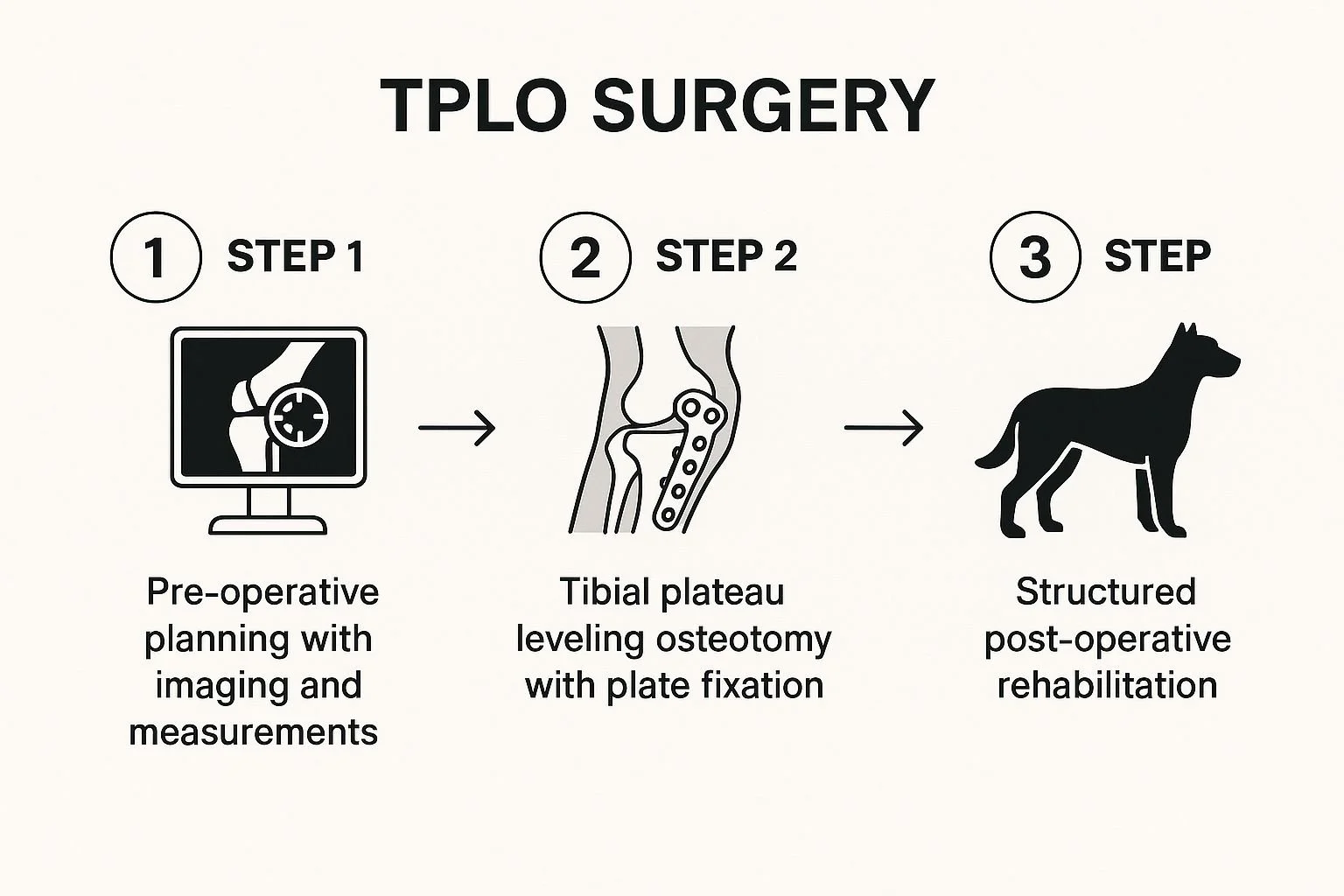If your dog gets nervous or scared easily, training them can feel like an uphill battle. You want your furry friend to listen and behave, but anxiety often gets in the way.
What if you could turn that worry into calm confidence? Learning how to obedience train an anxious dog isn’t just about commands—it’s about building trust and making your dog feel safe. Keep reading, and you’ll discover simple, proven steps that can help you and your dog enjoy training time together.
Your dog’s calm, happy future starts here.
Understanding Dog Anxiety
Understanding dog anxiety is key to effective obedience training. Anxiety can make dogs restless and harder to train. Recognizing anxiety helps you respond with patience and care. This section explains the common causes and signs of anxiety in dogs. Knowing these details helps you create a calm training environment.
Common Causes
- Separation from family members
- Loud noises such as thunderstorms or fireworks
- New environments or changes at home
- Past trauma or abuse
- Lack of socialization with other dogs or people
- Health problems or pain
Signs And Symptoms
- Excessive barking or whining
- Shaking or trembling
- Hiding or avoiding people
- Pacing or restlessness
- Destructive chewing or digging
- Loss of appetite
- Excessive licking or grooming

Credit: m.facebook.com
Preparing For Training
Preparing for training an anxious dog sets the foundation for success. It helps the dog feel calm and focused. Preparation reduces stress and builds trust. A well-planned start makes training smoother and more effective.
Creating A Safe Environment
Choose a quiet, familiar space free from distractions. Keep the area calm and comfortable for the dog. Soft lighting and gentle sounds help reduce anxiety. Remove any items that might startle or upset the dog. A safe space encourages the dog to relax and pay attention.
Gathering Essential Tools
Prepare simple tools that support positive training. Use a comfortable collar or harness that fits well. Have soft treats ready to reward good behavior. A clicker can help mark desired actions clearly. Bring a favorite toy to keep the dog engaged. Having the right tools ready helps the session run smoothly.
Building Trust With Your Dog
Building trust is the key to training an anxious dog. Trust creates a safe space where your dog feels calm and ready to learn. Without trust, your dog may resist commands or show fear. Patience and gentle care help strengthen this bond over time.
Establishing Consistent Routines
Dogs feel safer with clear and steady routines. Regular feeding, walking, and playtimes reduce anxiety. Predictable schedules help your dog understand what to expect daily. This stability makes training sessions more effective and less stressful.
Set specific times for training. Keep sessions short and focused. Consistency helps your dog build confidence in following commands.
Using Positive Reinforcement
Reward good behavior to encourage your dog. Praise, treats, or gentle petting motivate anxious dogs. Positive reinforcement builds your dog’s trust and willingness to obey.
Avoid punishment or harsh words. These increase fear and harm trust. Celebrate small successes to keep your dog eager and calm during training.
Calm Techniques For Training
Training an anxious dog requires a gentle approach that prioritizes calmness and patience. Using calm techniques helps reduce your dog’s stress and builds trust during obedience training. These methods create a peaceful environment where your dog feels safe to learn and respond.
Utilizing Relaxation Exercises
Relaxation exercises can lower your dog’s anxiety before and during training sessions. Try simple activities like deep breathing alongside your dog or gentle massage to help them unwind.
One effective exercise is teaching your dog to settle on a mat or bed. Start by rewarding small moments when your dog stays calm on the mat, gradually increasing the time. This creates a positive association with calmness and helps your dog focus better during training.
Have you noticed how much easier training becomes when your dog is relaxed? Experiment with quiet time before commands to set a calm tone.
Incorporating Gentle Commands
Using soft, clear commands avoids overwhelming your anxious dog. Keep your voice steady and avoid raising it, as loud tones can increase fear or stress.
Short, simple commands like “sit,” “stay,” or “come” work best. Pair these with gentle hand signals to provide clear, non-threatening guidance.
Remember to reward compliance immediately with treats or praise. This positive feedback reinforces your dog’s confidence and willingness to obey.
How often do you pause to notice your tone during training? Adjusting it can transform your dog’s response from anxious to attentive.
Gradual Exposure To Triggers
Gradual exposure to triggers helps anxious dogs face their fears safely. This method builds confidence over time. It reduces stress by introducing triggers in small, manageable steps. Patience is key. The goal is to help your dog learn calm behavior near triggers.
Identifying Anxiety Triggers
Start by observing your dog closely. Notice what causes fear or stress. Common triggers include loud noises, strangers, or other dogs. Write down specific situations that upset your dog. Knowing exact triggers helps plan training. Avoid guessing or assuming triggers.
Implementing Controlled Exposure
Introduce triggers slowly and carefully. Keep your dog at a comfortable distance from the trigger. Use treats and praise for calm behavior. Gradually decrease the distance to the trigger over days or weeks. Watch for signs of stress and pause if needed. Repeat exposure often but keep sessions short. The dog learns to stay calm near triggers.

Credit: www.facebook.com
Advanced Training Methods
Advanced training methods help anxious dogs learn obedience with less stress. These techniques focus on changing how dogs feel about triggers. The goal is to make training sessions calm and positive. Patience and consistency are key for success. These methods require careful observation of the dog’s reactions and slow progress.
Desensitization Strategies
Desensitization reduces fear by exposing dogs to triggers slowly. Start with very mild versions of the trigger. For example, play a quiet recording of a loud noise. Reward calm behavior with treats or praise. Gradually increase the trigger’s intensity over days or weeks. This helps dogs get used to the trigger without anxiety. Avoid rushing the process to prevent setbacks.
- Identify triggers causing anxiety
- Use low-level exposure initially
- Reward calm responses immediately
- Increase exposure gradually
- Repeat often but keep sessions short
Counterconditioning Techniques
Counterconditioning changes a dog’s emotional response to a trigger. Pair the trigger with something the dog loves. For example, give treats when the trigger appears. The dog starts to associate the trigger with positive things. This method rewires the dog’s feelings from fear to comfort. Use high-value rewards like favorite treats or toys. Timing is important—reward right after the trigger appears.
- Identify positive rewards your dog enjoys
- Introduce trigger at a low intensity
- Give reward immediately after trigger
- Practice regularly in a calm setting
- Increase trigger intensity slowly
Monitoring Progress
Monitoring progress is vital when obedience training an anxious dog. It helps understand how your dog responds to training. Careful observation shows if the training is effective. It also highlights areas needing change. Tracking progress builds confidence in both you and your dog. It ensures training stays on the right path.
Tracking Behavioral Changes
Keep a daily log of your dog’s actions. Note signs of anxiety and calm moments. Observe how your dog reacts to commands. Look for less trembling or barking over time. Watch for more eye contact and relaxed body language. Small improvements show the training is working. Share these notes with a trainer if needed.
Adjusting Techniques As Needed
Use your observations to change your approach. If your dog seems stressed, try shorter sessions. Introduce more rewards to encourage good behavior. Avoid pushing your dog too fast or too hard. Experiment with different commands or tones of voice. Consistency is key, but flexibility helps too. Adjusting techniques keeps training suited to your dog’s needs.
Seeking Professional Help
Seeking professional help can be a crucial step when training an anxious dog. Sometimes, despite your best efforts, your dog’s anxiety might need specialized attention. Turning to experts can provide you with tailored strategies that fit your dog’s unique needs and help you build a stronger, trust-based relationship.
When To Consult A Trainer
How do you know if it’s time to call a professional? If your dog’s anxiety causes aggressive behavior, constant trembling, or extreme avoidance, it’s a clear sign to seek expert guidance.
Professional trainers offer more than just obedience commands. They understand anxiety triggers and can teach you techniques to calm your dog during stressful moments. Have you noticed that your dog’s reactions are worsening despite your efforts? That’s a key moment to get help.
Look for trainers with experience in working with anxious dogs. Some trainers specialize in positive reinforcement methods that focus on building your dog’s confidence without increasing stress.
Exploring Therapeutic Options
Sometimes training alone isn’t enough. Therapeutic options like behavior therapy or working with a veterinary behaviorist can make a big difference.
Medication might be recommended in severe cases, but it’s always combined with behavior modification strategies. Have you considered how combining therapy and training could speed up progress?
Therapists might use techniques such as desensitization or counter-conditioning to reduce anxiety. These methods gradually expose your dog to triggers in a controlled way, helping them learn calm responses.
Seeking professional help isn’t a sign of failure—it’s a powerful step toward giving your dog the support they need. Are you ready to get the guidance that can change your dog’s life?

Credit: www.instagram.com
Frequently Asked Questions
How Do I Start Obedience Training For An Anxious Dog?
Begin with short, calm sessions in a quiet space. Use positive reinforcement like treats and praise. Avoid sudden movements to reduce anxiety. Consistency and patience help build trust and confidence gradually.
What Are The Best Commands For Anxious Dogs?
Simple commands like “sit,” “stay,” and “come” work best. These promote focus and control without overwhelming the dog. Use clear, gentle tones and reward compliance immediately for effective training.
How Can I Reduce Anxiety During Training Sessions?
Create a calm environment free from loud noises and distractions. Use soothing voices and offer comfort breaks. Incorporate relaxation techniques, like gentle petting, to help your dog stay calm and engaged.
How Long Should Obedience Training Last For Anxious Dogs?
Keep sessions short, around 5 to 10 minutes. Frequent, brief sessions prevent overwhelming your dog. Gradually increase duration as your dog becomes more comfortable and confident with the training.
Conclusion
Training an anxious dog takes time and gentle care. Stay patient and keep sessions short. Use calm tones and simple commands. Reward good behavior to build confidence. Watch your dog’s body language closely. Each small step shows progress and trust.
Remember, consistency helps your dog feel safe. Celebrate the quiet moments of calm. Your kindness makes a big difference every day. Keep practicing, and your dog will improve. Trust grows with love and steady guidance.







